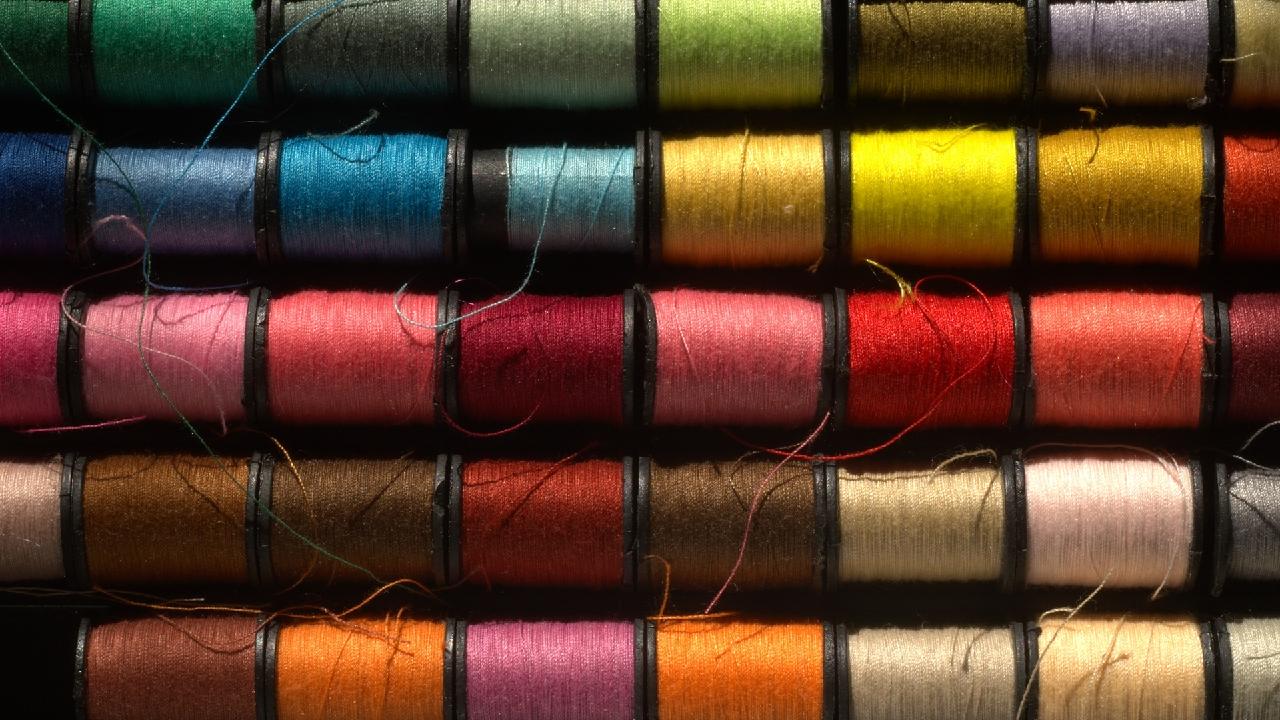|
Year 1961: The Indian government realised the need for development and growth of small industries in the country and joined hands with Ford Foundation, to sponsor a three month visit of renowned American designers¡ªCharles and Ray Eames. The visit resulted in setting up of the National Institute of Design (NID) on the lines of industrial design education being imparted in Bauhaus and Ulm in Germany. Cut to 2011: The Ahmedabad-based institute¡ªwhich functions as an autonomous body under the department of Industrial Policy and Promotion, Ministry of Commerce and Industry, Government of India¡ªdelivers under graduate and post graduate programmes in 17 diverse disciplines in design. NID was ranked 32nd by Business Week in its list of top 60 European and Asian design programmes in the world. The institute has, over its 50 years of existence, established two more campuses at¡ªGandhinagar (Post Graduate campus) and Bangalore (R&D campus). Director of the institute Pradyumna Vyas says there¡¯s more. ¡°We will be starting a full-fledged two year photography PG diploma course from this year. Also, we are looking at expanding the universal design programme and establishing several research chairs based on this. We plan to develop modules for design for craft so that one can create visual, learning materials in schools and colleges,¡± says Vyas. Taking advantage of its autonomous status, the institute is thinking of further expanding within the country with four new campuses. ¡°We will be setting up campuses in Hyderabad and Jorhat. Whereas, plans of setting up campuses in Madhya Pradesh and Haryana are on the anvil. We will train faculty and create the curriculum development for all the four centres. While the institute has had enquiries from Middle East countries to set up a campus, at present, it is more focused on having international exchange programmes and pedagogic relationships. ¡°Going overseas is not an option right now. We are looking at consulting opportunities so that we can add to our corpus of funds for the institute,¡± adds Vyas. NID has international exchange programmes with around 35 overseas institutions. It has signed 40 memorandum of understanding for knowledge sharing with design institutes across the world out of which 24 MOU¡¯s are with European institutions alone. The talent pool housed in NID is actively involved in live projects and research chairs that promote the cause of traditional design by marrying it to sustainable entrepreneurial ideas. ¡°Our students are working on several projects with Ford Foundation and our incubatee cell Nidus is also supporting interesting innovations started by students and developing their entrepreneurial ideas,¡± adds Vyas. The Ministry of Commerce and Industry invested Rs 10 crore in the incubatee cell for venture funds which is called ¡®designerpreneurship¡¯. NID has now taken up the task of reviving and restoring languishing textiles of traditional craftsmen and artisans through several multi-crore live projects in the North east.
|
|
NID to revive Northeast textile industry
Updated: 2011-1-31 Source: Business Standard

Recommended News
Photo Gallery
Most Popular



